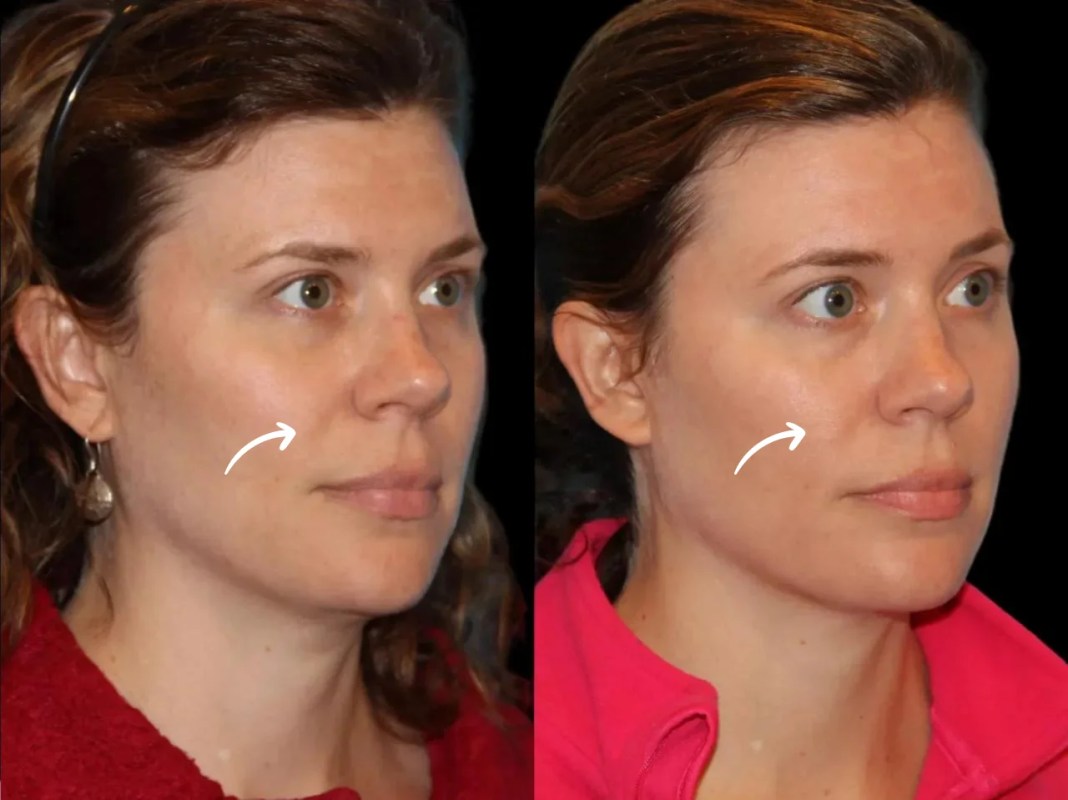A facelift is one of the most popular cosmetic procedures for people who want to restore a youthful appearance and reduce the visible signs of aging. It works by tightening facial tissues, removing excess skin, and enhancing facial contours, resulting in a fresher, more vibrant look. Many patients considering this procedure in Pakistan want to know, “How long do the results of a facelift last?” Understanding the Results of Facelift in Islamabad involves learning about the procedure, recovery, and how lifestyle choices can impact longevity.
What is a Facelift?
A facelift, medically known as rhytidectomy, is a surgical procedure designed to address sagging skin, deep wrinkles, and loss of facial volume. By repositioning underlying tissues and removing loose skin, a facelift provides a smoother, more youthful appearance. In Islamabad, the procedure is performed by skilled cosmetic surgeons who often combine it with other treatments like neck lifts or eyelid surgery for enhanced results.
Typical Longevity of Facelift Results
On average, facelift results can last 8 to 12 years. This duration depends on several factors, including the patient’s age at the time of surgery, skin quality, lifestyle, and how well they follow aftercare instructions.
Unlike non-surgical treatments such as fillers or Botox, which may require touch-ups every few months, a facelift provides longer-lasting structural changes. However, it’s important to remember that the aging process continues, and no procedure can stop it entirely.
Factors That Affect How Long Results Last
The duration of facelift results varies from person to person, but here are the main factors that influence longevity:
1. Age at the Time of Surgery
Patients in their 40s and 50s generally enjoy longer-lasting results compared to those who undergo the procedure in their late 60s or 70s. Younger patients often have better skin elasticity, which helps maintain results.
2. Skin Quality
Good skin tone and elasticity before surgery contribute to more enduring results. If your skin is severely sun-damaged or has lost significant elasticity, the facelift results might not last as long.
3. Lifestyle Choices
Smoking, poor diet, and excessive sun exposure can accelerate aging and shorten the lifespan of facelift results. On the other hand, maintaining a healthy lifestyle, wearing sunscreen, and avoiding smoking can extend the effects.
4. Surgical Technique
The expertise of the surgeon plays a vital role. Advanced facelift techniques, such as deep-plane or SMAS (Superficial Musculoaponeurotic System) facelifts, tend to produce longer-lasting and more natural-looking results.
5. Post-Operative Care
Following your surgeon’s aftercare instructions—such as avoiding strenuous activity, sleeping with your head elevated, and keeping incisions clean—helps ensure the best possible healing and longevity.
What to Expect Immediately After a Facelift
Right after surgery, you’ll notice swelling, bruising, and tightness, which is completely normal. Most patients return to daily activities within 2–3 weeks, but full healing and final results may take a few months.
Once the swelling subsides, you’ll notice:
-
A more youthful facial contour
-
Reduced sagging around the cheeks and jawline
-
Smoother skin texture
Signs That Results Are Wearing Off
Over the years, natural aging will continue to affect the face. Signs that your facelift results are starting to fade include:
-
New sagging skin
-
Deepening wrinkles around the mouth and eyes
-
Loss of volume in the cheeks
-
Loose skin under the jawline
While these changes are inevitable, the aging process after a facelift is often slower compared to those who have never had the procedure.
How to Prolong Your Facelift Results
If you want to enjoy your facelift results for as long as possible, follow these tips:
1. Protect Your Skin from the Sun
UV exposure is one of the main causes of premature skin aging. Use a broad-spectrum sunscreen daily, even on cloudy days.
2. Maintain a Healthy Lifestyle
Eat a nutrient-rich diet, stay hydrated, and exercise regularly to support overall skin health.
3. Avoid Smoking and Excessive Alcohol
Both habits accelerate skin aging and can reduce blood circulation, which affects skin quality.
4. Consider Maintenance Treatments
Non-surgical treatments like dermal fillers, Botox, and laser resurfacing can help maintain youthful skin and complement facelift results.
5. Follow Up with Your Surgeon
Regular check-ups allow your surgeon to monitor your healing and recommend treatments to maintain your appearance.
Can a Second Facelift Be Done?
Yes, many patients opt for a secondary facelift 10–15 years after their first procedure. This “touch-up” surgery addresses new signs of aging and helps maintain a refreshed look. The second procedure is usually less extensive than the first, depending on how well the patient has aged.
Why Islamabad is a Great Choice for Facelift Surgery
Islamabad has become a hub for cosmetic surgery due to its combination of skilled surgeons, advanced technology, and high-quality clinics. Patients from across Pakistan and even overseas visit the city for facelift procedures because:
-
The surgeons are trained in both traditional and modern facelift techniques.
-
Clinics are equipped with state-of-the-art facilities.
-
The costs are competitive compared to international markets.
Conclusion
A facelift is a highly effective way to rejuvenate your appearance and achieve results that last 8–12 years on average. The longevity of your results depends on age, skin condition, surgical technique, and post-operative care. By making healthy lifestyle choices and following your surgeon’s advice, you can enjoy your youthful look for longer.
If you’re considering a facelift, choosing the right clinic is essential for achieving safe, natural, and lasting results. SKN Cosmetic Clinic in Islamabad is known for its expert surgeons, advanced facelift techniques, and commitment to patient satisfaction. Their team can guide you through the entire process, ensuring results that not only meet but exceed your expectations.


